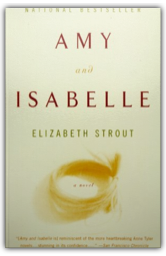
"It was terribly hot the summer Mr. Robertson left town." For Amy Goodrow and her mother, Isabelle, the heat of that summer is the least of their problems. Other citizens in the New England mill town of Shirley Falls are bothered by the heat and by "other things too: Further up the river crops weren't right—pole beans were small, shriveled on the vine, carrots stopped growing when they were no bigger than the fingers of a child; and two UFOs had apparently been sighted in the north of the state." But Amy and Isabelle have a more private misery: a seemingly unbridgeable chasm has opened between this once-close mother and daughter and nothing will ever be the same again. For Amy has fallen in love with her high-school math teacher, Mr. Robertson, who has gone way beyond the bounds of propriety by encouraging the crush. When Isabelle finds out, she is horrified to realize that her anger at him is dwarfed by her rage at her own daughter for "enjoying the sexual pleasures of a man while she herself had not." 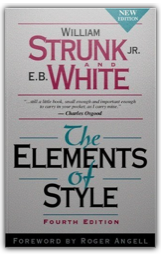
A masterpiece in the art of clear and concise writing, and an exemplar of the principles it explains. 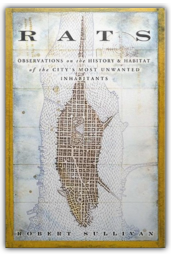
In his third book, Robert Sullivan leaves the wilds of the (Meadowlands and the rough whaling waters of the Pacific Northwest to take up rat-watching in the alleys of New York City. Sullivan learned to appreciate the rodents during nocturnal stakeouts; a night-vision scope helped him observe rats without scaring them. As in his previous books, Sullivan uses pointillist details rather than broad portraiture to paint his subject, and the details in Rats are devilish. There are plenty of facts in the book to make your skin crawl, such as a description of the greasy skids rats leave on the paths they frequent, and a list of garbage items they prefer to eat. But Sullivan's style is often less that of a nature writer than a historian. In personable, essayish chapters, New York's history is revealed to be particularly ratty, with tall tales about the rodents' disgusting accomplishments going back to the city's founding. Although many people have never seen a rat outside a pet store, Sullivan reminds us that they are our constant neighbors, staring out from dim corners and messy crevices with beady eyes and twitching whiskers. —Adam Fisher 
Competitive cooking isnt limited to Iron Chef. Across America, amateur chefs cross spatulas at more than a thousand competitions covering numerous states and a pantry full of ingredients. Following a small group of contestants for a year on the contest circuit, journalist Amy Sutherland introduces us to well-known cookoff luminaries as well as some of the most bizarre cooks and recipes at local and national contests across the countryfrom the Great Garlic Cookoff to the National Chicken and National Beef Cookoffs, from the World Champion Jambalaya Cooking Contest to the Pillsbury Bake-Off®, the Holy Grail of competitive cooking. When the fanatics gatherbe they chiliheads or barbecue fiendsand hunker down at the hot plate, it can be a recipe for delight or disaster as attitudes get spicy and tempers flare. Bursting with humor, Cookoff is an entertaining and in-depth look at a quirky, cutthroat, and (sometimes) delicious world. 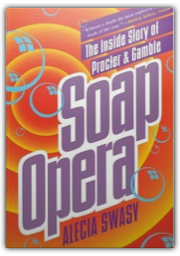
Behind Procter & Gamble's wholesome image is a control-obsessed company so paranoid that Wall Street analysts, employees, and the chairman himself refer to it as "the Kremlin." P&G's wealth and power ensure that it gets what it wants, from tax breaks to the eager services of Washington lobbyists. 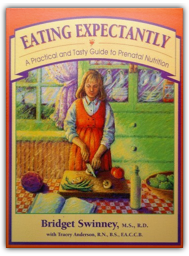
Few situations are more chaotic than being pregnant and having to eat nutritiously. In Eating Expectantly, Bridget Swinney tackles the daunting task of nutrition during pregnancy with information, recipes, ideas, and—best of all—no finger shaking. Swinney provides eating advice for days when you don't feel like eating and for days of morning sickness. You'll learn how to deal with diabetes, gestational or otherwise; how to get enough calcium in your diet; and all about food safety. Particularly wonderful are the chapters on vegetarian eating, including the detailed breakdown of appropriate food at 38 fast food establishments. The recipes are delicious and nutritious—for both the expectant and the merely hungry. |
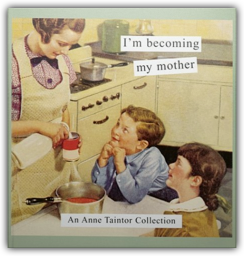
Hot on the heels of Anne Taintor's wildly popular first collection, I Can't Be Good All the Time, this hilarious volume brings together Taintor's best-loved images, plus brand new material sure to prompt a knowing snicker, all celebrating the follies of family, home, and hearth. As always, Taintor's sassy creations — vintage illustrations paired with witty new and impertinent observations — inspire deliciously less-than-well-mannered thoughts ("Gosh, he went well with her drapes."). These sharp-tongued favorites are sure to please her devoted fans and newcomers alike. 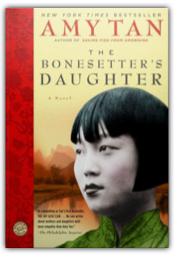
At the beginning of Amy Tan's fourth novel, two packets of papers written in Chinese calligraphy fall into the hands of Ruth Young. One bundle is titled Things I Know Are True and the other, Things I Must Not Forget. The author? That would be the protagonist's mother, LuLing, who has been diagnosed with Alzheimer's disease. In these documents the elderly matriarch, born in China in 1916, has set down a record of her birth and family history, determined to keep the facts from vanishing as her mind deteriorates. 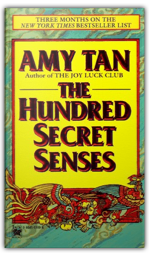
"THE WISEST AND MOST CAPTIVATING NOVEL TAN HAS WRITTEN."—The Boston Sunday Globe 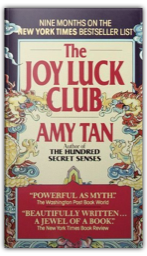
Four mothers, four daughters, four families whose histories shift with the four winds depending on who's "saying" the stories. In 1949 four Chinese women, recent immigrants to San Francisco, begin meeting to eat dim sum, play mahjong, and talk. United in shared unspeakable loss and hope, they call themselves the Joy Luck Club. Rather than sink into tragedy, they choose to gather to raise their spirits and money. "To despair was to wish back for something already lost. Or to prolong what was already unbearable." Forty years later the stories and history continue. 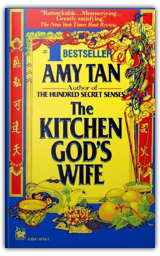
"Tan is one of the prime storytellers writing fiction today." 
Amy Tan begins The Opposite of Fate: A Book of Musings, a collection of essays that spans her literary career, on a humorous note; she is troubled that her life and novels have become the subject of a "Cliffs Notes" abridgement. Reading the little yellow booklet, she discovers that her work is seen as complex and rich with symbolism. However, Tan assures her readers that she has no lofty, literary intentions in writing her novels—she writes for herself, and insists that the recurring patterns and themes that critics find in them are entirely their own making. This self-deprecating stance, coupled with Tans own clarification of her intentions, makes The Opposite of Fate feel like an extended, private conversation with the author. 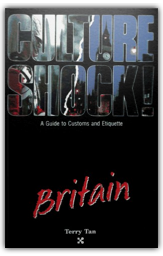
You'll never feel intimidated and awkward about the customs and etiquette of another country again. With the insights provided in this Culture Shock! Guide, you'll learn to see beyond the stereotypes and misinformation that often precede a visit to a foreign land. Whether you plan to stay for a week or for a year, you'll benefit from such topics as understanding the rules of driving and monetary systems, religious practices and making friends. There are tips on political traditions, building business relationships, and the particular intricacies of setting up a home or office. Great for the business traveler, the foreign exchange student, or the tourist who makes a sincere attempt to cross the bridge into a new and exciting culture. |

My Library
Collection Total:
1390 Items
1390 Items
Last Updated:
Mar 22, 2009
Mar 22, 2009


 Made with Delicious Library
Made with Delicious Library